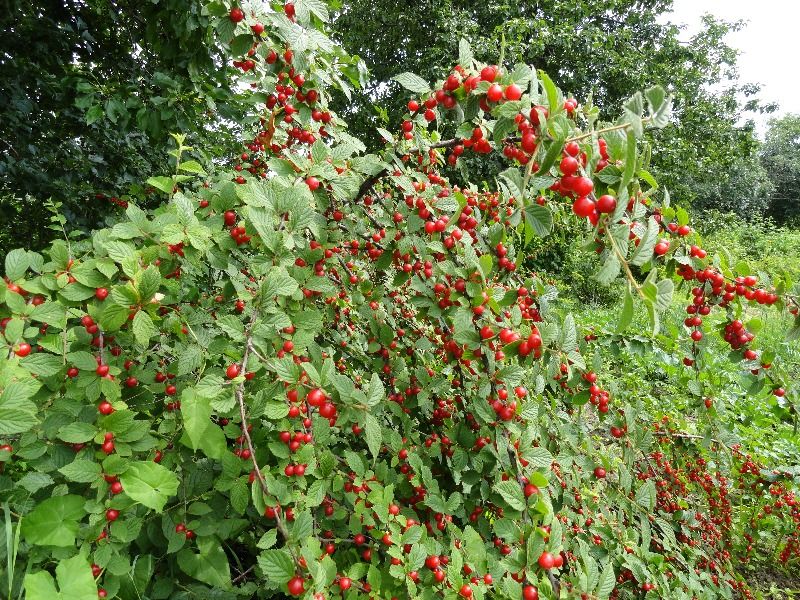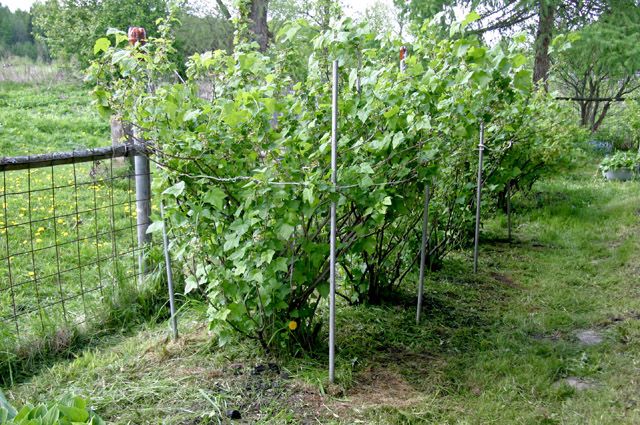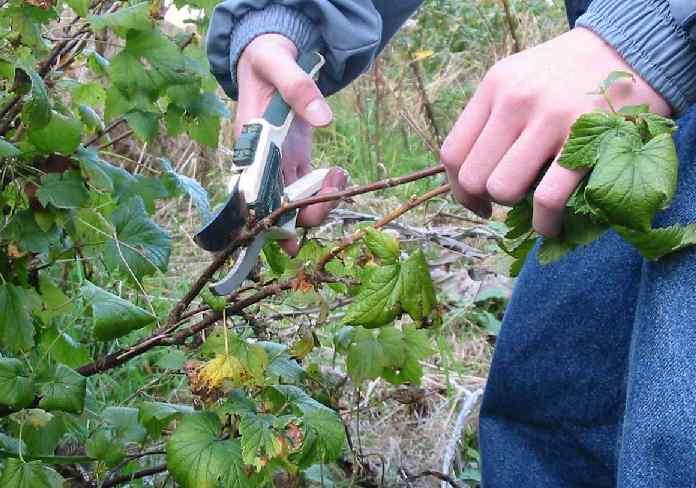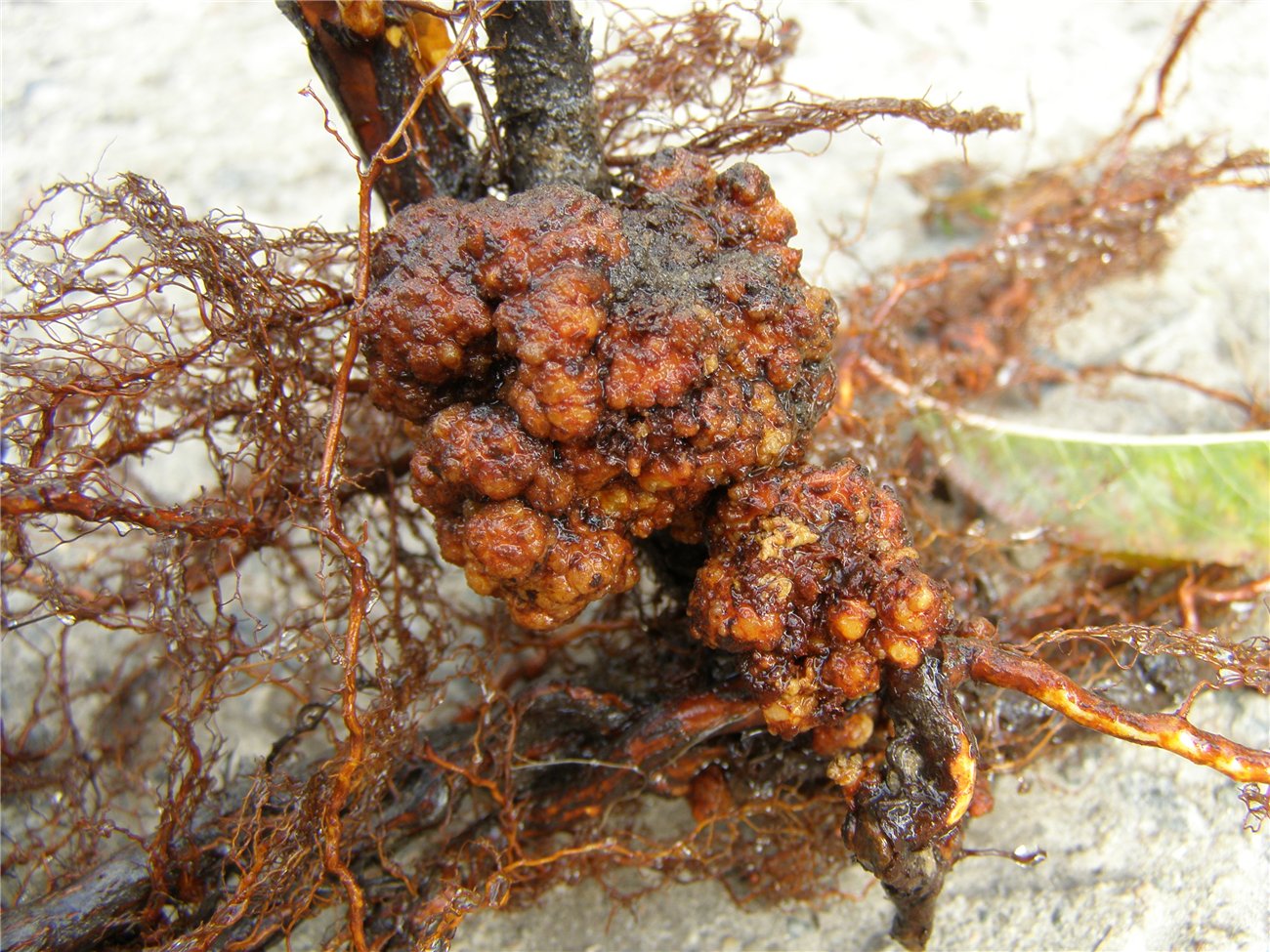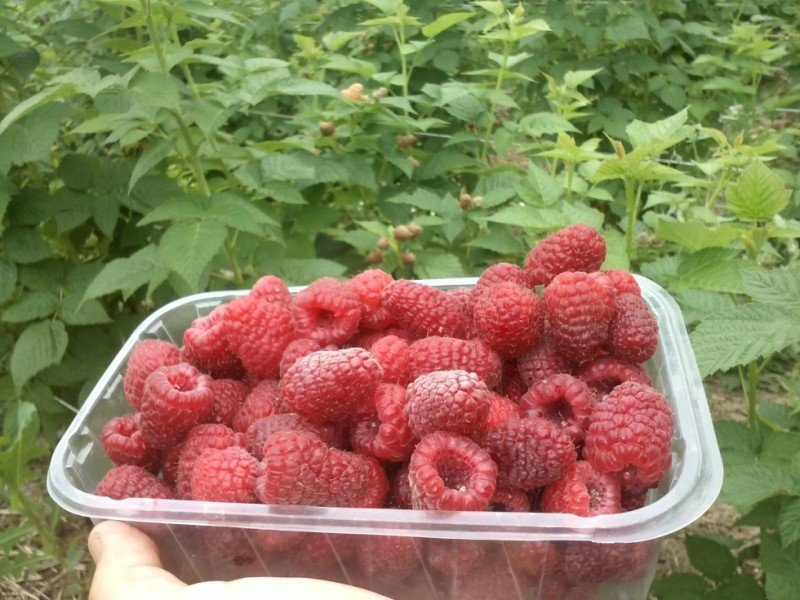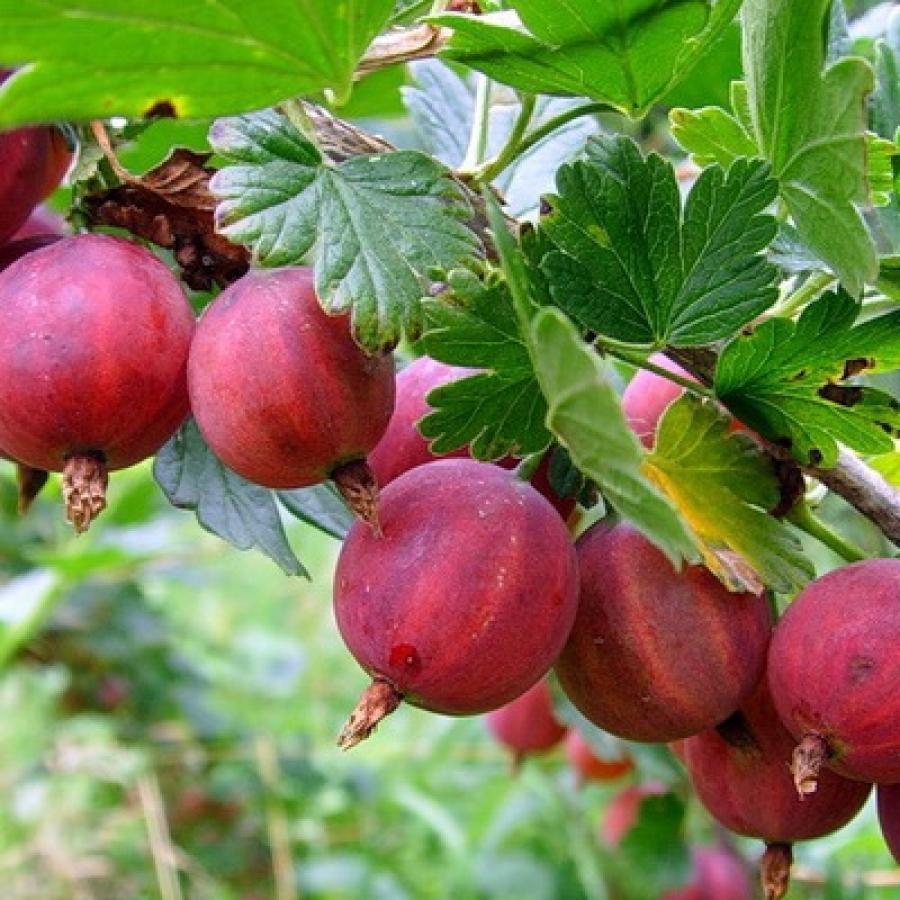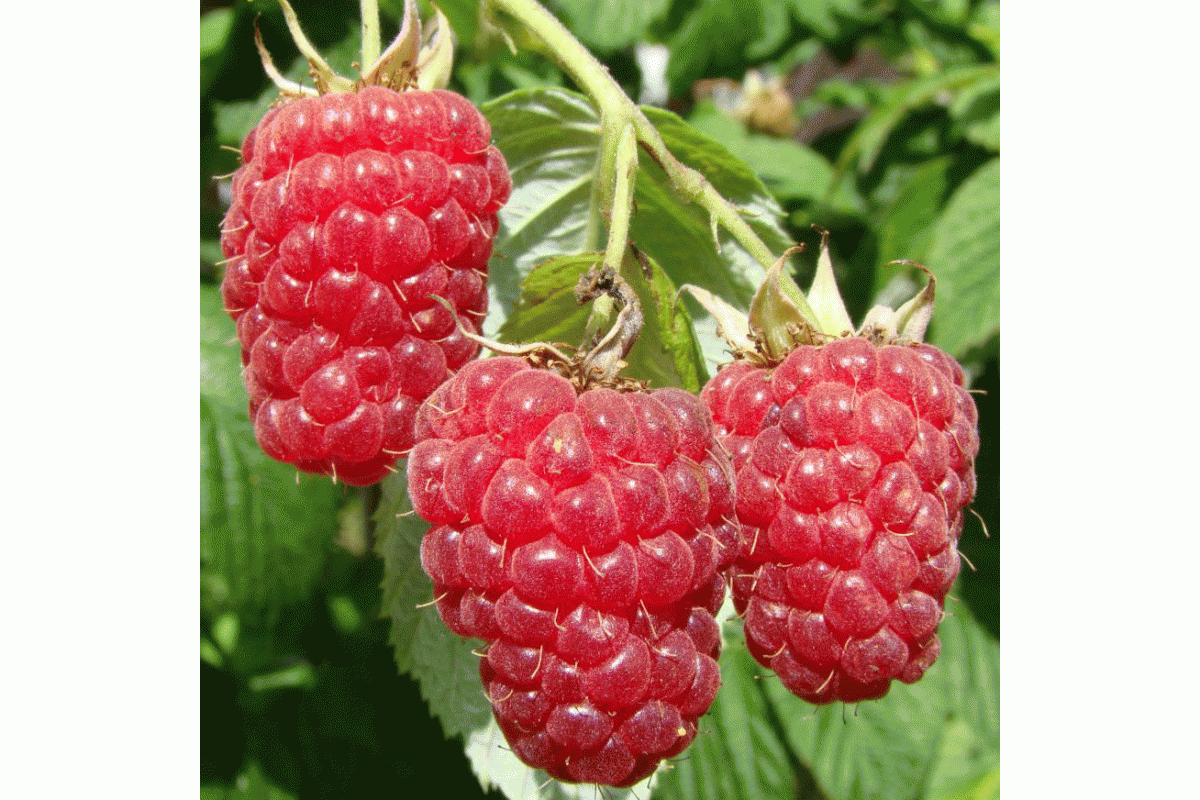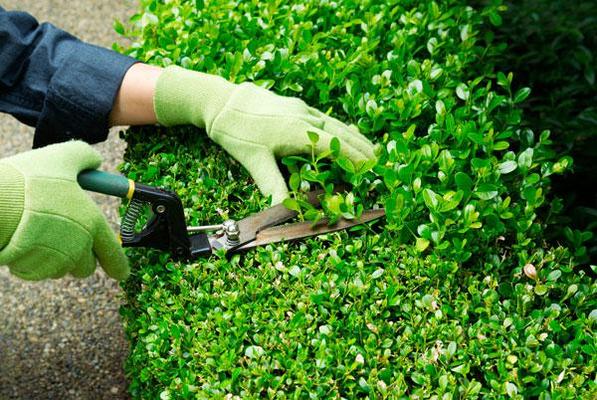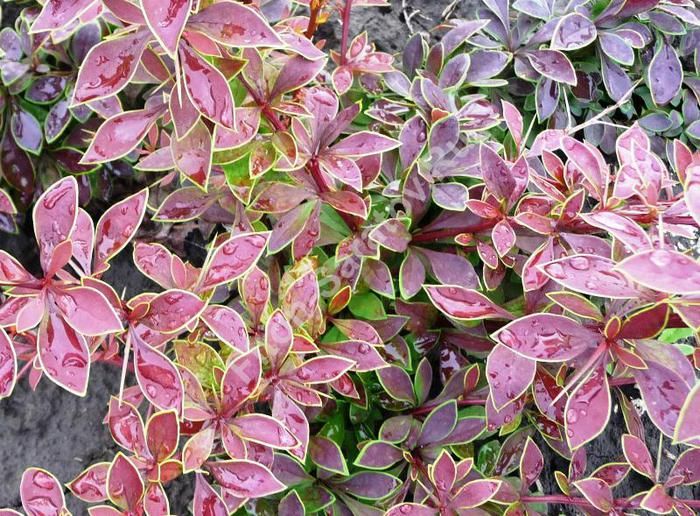Content:
Fruit shrubs are present in every garden. They are used not only for the sake of obtaining useful berries, but also for decorative purposes. In order not to experience disappointment and get bountiful harvests, as well as admire the beautiful landscapes in the garden, you need to know some of the intricacies of handling these plants, the peculiarities of their location, the main diseases and methods of prevention.
Description and characteristics of plants
Berry bushes are able to provide a harvest of tasty and healthy berries, which are consumed not only fresh, but also for harvesting for the winter. As a rule, they are unpretentious and undemanding to care for, with a minimum investment of time and effort, they please with abundant fruiting.
The fruit-berry bush is best planted in the autumn, when the foliage has only fallen, and the cold will not come very soon. A pit is preliminarily prepared, at the bottom of which drainage is necessarily laid. In special cases, when it is planned to plant a heat-loving shrub, a hole is prepared in the fall, and the planting itself is postponed until spring.
Every berry shrub needs pruning. But the time of this event is different for all plants. For example, black currants are pruned in July, and raspberries and blackberries in October. The main advantage of these garden dwellers is that they take up a minimum of space, and the store catalog offers varieties that can even grow in a flower pot.
Shrub species, description
Among all the species diversity, the inhabitants of our country most of all prefer such fruit bushes for their personal garden and vegetable garden:
- currants;
- gooseberry;
- raspberries;
- blackberries;
- honeysuckle.
Different varieties of currants are grown on the plots, each of them has a number of distinctive features, including external signs. The berries are colored black, red, yellow, white. Breeders work tirelessly to develop new varieties. Black currants have mixed flower buds, which, after fruiting, are transformed into ringlet. As a result, after every 10 years, the bushes should be replaced with new ones. Red currant is frost-resistant, tolerates dry weather well. The shrub is able to grow on the site for about 18 years.
The gooseberry is a perennial that can actively bear fruit for 25 years. The disadvantage of any of its varieties is that they all do not tolerate high humidity and require additional protection from winter cold.
Almost the main inhabitant of the garden is raspberry. Gardeners already know not only ordinary varieties, but also remontant ones, capable of bearing fruit from the beginning of summer to the very frost. Certain varieties with long and bending lashes are used to create hedges. If you need to pick up unpretentious berry bushes for the Moscow region, then you should definitely pay attention to raspberries. The plant is capable of self-pollination, winters well, does not require special careful care.
Useful shrubs of blackberries store a storehouse of vitamins and useful microelements. The plant itself is similar in characteristics to raspberries, but in terms of cold resistance it is significantly inferior to it.
Accommodation rules
Fruit trees and shrubs grow in one place for decades, so the place for them is chosen responsibly. Ideally, plant them on a well-lit, not steep slope. Partial shade, and even more so the shade for fruit bushes is unacceptable.
The distance between the trees is at least 4 meters, and half of the shrubs are enough. If the traditional way of placing plants in rows does not suit you, you can be creative and make original edges, decorate an unsightly fence or other unsightly place, create a magnificent curb along the path. Landing patterns are chosen arbitrarily and depend only on the owner's ability and imagination.
The berry shrub prefers fertile soil with moderate moisture. High groundwater levels or waterlogged soil adversely affect plant growth and development. Good drainage should be provided before planting or raised hail should be used.
For planting fruit bushes, the site begins to be prepared in about 1.5 months. The soil is carefully dug up, while removing the roots of weeds, the relief is leveled as much as possible. If acidic soil predominates on the site, then lime is added, and then nutrient mixtures and fertilizers are added.
Care, disease control
Timely watering, fertilizing and pruning are considered standard care measures for fruit shrubs. During pruning, the crown of the plant is cupped, leaving the top open. This improves air circulation and reduces the risk of disease and also makes harvesting easier.
Dry and diseased shoots must be removed. The same goes for twigs close to the soil. The tops of the branches are additionally pinched to the black currant to limit growth. All second-year shoots are removed from raspberries and blackberries, only young branches will bear fruit.
In autumn, shrubs are fed with organic fertilizers (compost, manure, any humus). Top dressing is applied at the rate of no more than 20 kg under a gooseberry or currant bush. Raspberries require only 8 kg of fertilizer per 1 bush. Gardeners' reviews indicate that the use of organic matter every year does not reflect in the best way on the condition of shrubs and their fruiting. Therefore, experts recommend using them no more often than once every 2-3 years. The introduction of phosphorus and potassium fertilizers has proven itself well. But nitrogen-containing preparations should be abandoned in the autumn period, since they provoke the growth of new branches, which will not have time to woody before winter and will not endure the cold weather.
Fruit shrubs are capable of being affected by such diseases:
- black cancer;
- scab;
- rot;
- goiter;
- powdery mildew;
- anthracnose;
- white spot.
If signs of at least one of them are found, the affected parts of the plant should be immediately removed and various methods of dealing with the disease should be used.
If you already know firsthand the name of any of the listed fungal diseases, then you should immediately spray the bushes with Bordeaux mixture or any of its analogs. Preventive treatments with any chemical preparations are unacceptable from the moment of ovary formation to harvest.
Preparing for winter
Even the most hardy shrubs and berries require mandatory preparation for the onset of cold weather. Excess shoots and young growth are cut out as soon as the foliage falls. Sick and dry branches are immediately removed. The places of the cuts, as far as possible, must be processed, for which the garden var is used. All shoots older than 5 years are removed from black currants. This will enable young shoots to start growing more intensively in the spring. The currant bush is fed with phosphorus-potassium fertilizers before the onset of winter. 1 bush will require 1 tablespoon of the drug.
All old branches are removed from raspberries, leaving only one-year-olds. To make it easier for them to endure the cold, the shoots are bent to the ground. Previously, a bucket of manure is introduced under each bush. From the correct preparation of plants for the harsh winter directly depends on the harvest next year.
Fruit shrubs in the garden play a very important role. With their help, even the farthest corner of the site is able to sparkle with new colors, while also presenting the owner with tasty and healthy berries. In order for such a miracle to happen, and the dacha to be transformed, you need to plan everything correctly, select varieties and make a little effort. Growing fruit shrubs is possible even for a novice amateur gardener who does not have sufficient practical experience.
